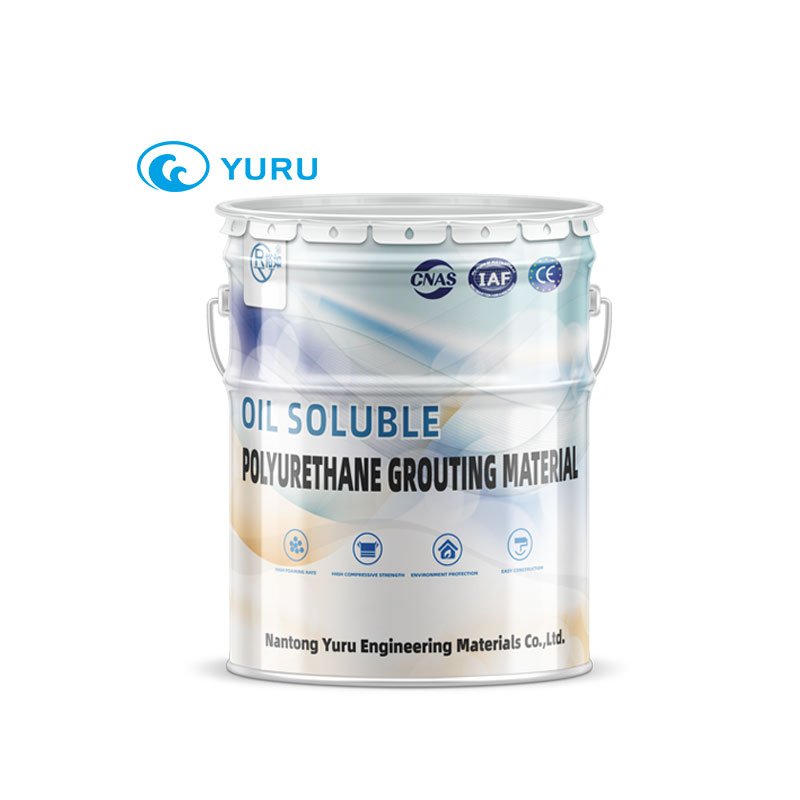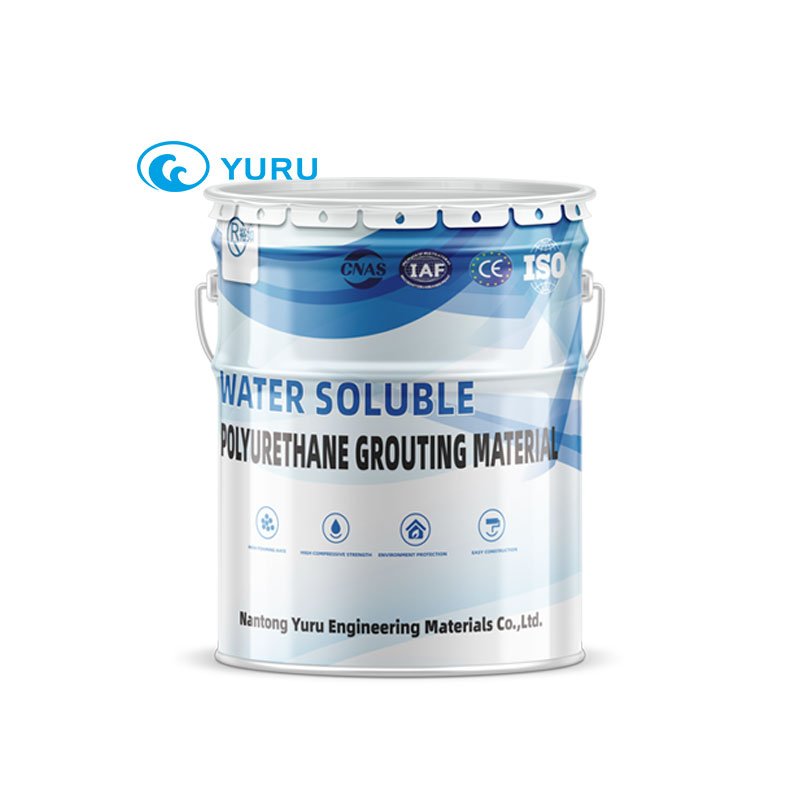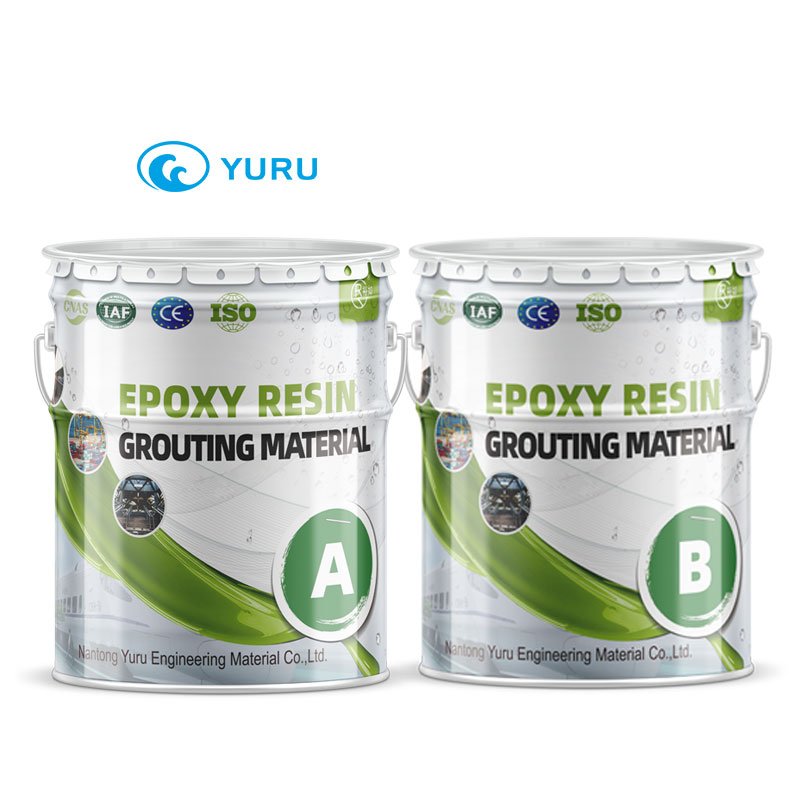How to Use Polyurethane Sealant on Concrete?
Polyurethane sealant is a versatile and highly effective material used to protect and repair concrete surfaces. Whether you are addressing cracks, gaps, or applying waterproofing solutions, polyurethane sealants are an ideal choice.
In this article, we’ll explore how to properly use polyurethane sealant on concrete, its benefits, and why it’s a preferred option for construction professionals.
Introduction
Concrete is one of the most durable building materials, but like any material, it is prone to wear and tear. Cracks, gaps, and surface damage can occur due to factors like temperature fluctuations, moisture, and general movement. Polyurethane sealant offers a powerful solution for addressing these issues, providing long-lasting repairs and protection.
In this guide, we’ll take you through the step-by-step process of using polyurethane sealant on concrete, including preparation, application, and maintenance. By following these guidelines, you can ensure that your concrete surfaces are both structurally sound and well-protected from environmental factors.


What is Polyurethane Sealant?
Polyurethane sealant is a one- or two-component liquid that, when applied to concrete, forms a strong, durable bond. Known for its flexibility, chemical resistance, and ability to withstand extreme temperatures, it is an excellent material for sealing cracks, joints, and other damaged areas in concrete.
Key benefits of polyurethane sealant:
- High adhesive strength: Bonds strongly to concrete surfaces.
- Flexibility: Remains flexible even under temperature changes.
- Durability: Resists abrasion, chemicals, and weathering.
- Waterproofing: Provides an excellent waterproof barrier.
How to Prepare Concrete Surface for Polyurethane Sealant?
Preparation is crucial when applying polyurethane sealant. If the surface is not properly prepared, the sealant may not adhere properly or may fail to provide long-lasting protection.
1. Clean the Surface
Ensure the concrete surface is clean and free of debris. Use a wire brush or high-pressure washer to remove any dirt, dust, oil, or grease. If necessary, use a concrete cleaner or degreaser to remove stubborn stains. Cleaning is essential because any contamination on the surface can interfere with the adhesion of the polyurethane sealant.
2. Repair Cracks and Holes
If the concrete has existing cracks or holes, they need to be filled before applying the sealant. Use a suitable concrete repair compound to fill large cracks or holes. This step ensures the polyurethane sealant can cover the surface uniformly and effectively.
3. Dry the Surface
Polyurethane sealant should be applied to a dry surface. Moisture on the surface can prevent proper bonding and cure time, so ensure the concrete is dry before application. In humid or wet conditions, consider allowing extra drying time before applying the sealant.
Step-by-Step Guide to Applying Polyurethane Sealant on Concrete
Now that your surface is ready, follow these steps to apply the polyurethane sealant correctly:
Step 1: Mix the Polyurethane Sealant (If Necessary)
If you are using a two-component polyurethane sealant, mix the two components in the correct ratio. Make sure to follow the manufacturer’s instructions closely to ensure proper chemical bonding. Mix the components thoroughly to avoid lumps and uneven consistency.
Step 2: Apply the Sealant
Using a caulking gun or a trowel, apply the polyurethane sealant to the cracks or joints. Be sure to apply it evenly, filling the cracks completely and smoothing out any excess. If you are using the sealant on a large surface, use a paintbrush or roller to apply it uniformly.
Step 3: Smooth and Finish
Once the sealant is applied, use a tool like a putty knife or a smoothing tool to ensure that the sealant is flush with the concrete surface. Remove any excess sealant before it hardens to avoid unsightly edges or bumps.
Step 4: Allow for Curing
The curing time for polyurethane sealant can vary depending on the product and environmental conditions. Typically, it will take around 24 hours for the sealant to fully cure. Ensure the area remains undisturbed during this period for optimal results.


Common Issues and How to Avoid Them
1. Insufficient Adhesion
If the polyurethane sealant doesn’t adhere well to the surface, it may be due to improper surface cleaning or insufficient curing time. Make sure the surface is thoroughly cleaned, dry, and free from contaminants before applying the sealant.
2. Air Bubbles in the Sealant
Air bubbles can form if the sealant is applied too quickly or unevenly. To avoid this, apply the sealant in a smooth, controlled manner, ensuring no air is trapped during application.
3. Inconsistent Coverage
If the polyurethane sealant is applied unevenly, it can result in areas that are not sealed properly. Take care to apply an even layer across the entire surface and make sure cracks and joints are completely filled.
Benefits of Using Polyurethane Sealant on Concrete
Polyurethane sealant offers several advantages when applied to concrete surfaces, especially in demanding environments. Let’s explore some of these benefits in detail:
1. Durability and Longevity
Polyurethane sealant is incredibly durable and resistant to wear and tear. It is designed to withstand high traffic areas, harsh weather conditions, and chemical exposure, making it an ideal choice for industrial, commercial, and residential concrete surfaces.
2. Flexibility and Movement Accommodation
Concrete naturally expands and contracts with changes in temperature. Polyurethane sealant is highly flexible and can accommodate the movement of the concrete without cracking or losing its seal, making it suitable for areas with high thermal cycling.
3. Effective Waterproofing
Polyurethane sealant provides excellent waterproofing, preventing water from penetrating cracks and joints. This makes it an ideal solution for areas exposed to moisture, such as basements, tunnels, parking lots, and other outdoor concrete surfaces.
4. Improved Aesthetic Appeal
Beyond functionality, polyurethane sealant can improve the appearance of concrete surfaces. It can be used to smooth out cracks and joints, making surfaces look more uniform and visually appealing.
Conclusion
Using polyurethane sealant on concrete is a highly effective solution for crack repair, waterproofing, and long-term surface protection. With its excellent adhesion, flexibility, and durability, it is a top choice for both residential and commercial concrete applications.
By following the correct steps and preparing the surface properly, you can ensure that your concrete surfaces remain in excellent condition for years to come. For high-quality polyurethane sealant products and expert guidance, trust YURU Waterproof, your reliable partner in construction and waterproofing solutions.


YURU Product solutions
Waterproof Coating
- One-component oil-based polyurethane waterproof coating
- One-component water-based polyurethane waterproof coating
- Two-component polyurethane waterproof coating
- Two-component 6.0Mpa polyurethane waterproof coating
- Transparent Waterproof Glue
- Nano Invisible Waterproof Agent
- Silicone Waterproof Coating
- Acrylic Waterproof Coating For Metal Roof
- JS Polymer Waterproof Coating
- High Elastic Liquid Rubber Waterproof Coating
- Cement-based Penetrating Crystallization Waterproof Coating




